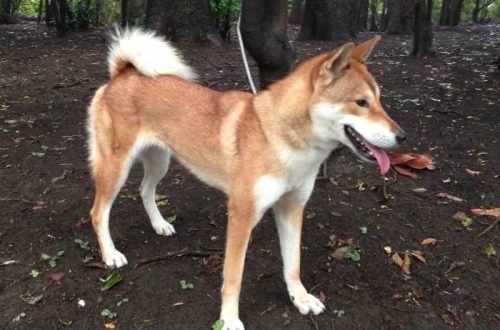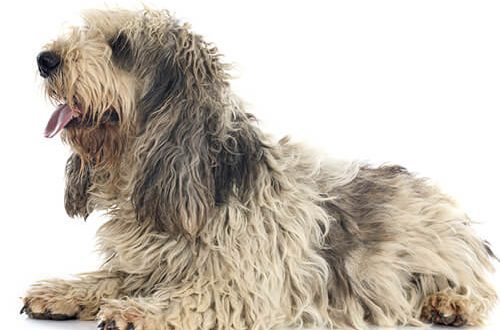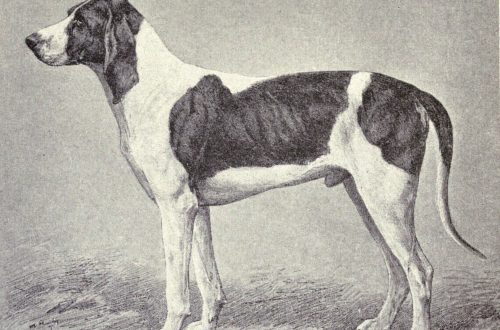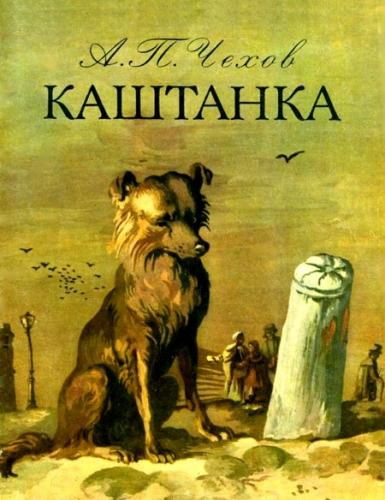
Russian Kashtanka
The Russian Kashtanka is a group of compact companion dogs of chestnut color, bred in Vladivostok in the 2000s.
Contents
- Characteristics of Russian Kashtanka
- Basic moments
- The history of the breed Russian Kashtanka
- Breed group standard Russian Kashtanka
- The nature of the Russian Kashtanka
- Education and training
- Russian Kashtanka Maintenance and care
- Health and disease of Russian Kashtanka
- How to choose a puppy of Russian Kashtanka
- The price of Russian Kashtanka
Characteristics of Russian Kashtanka
| Country of origin | Russia |
| The size | Average |
| Growth | 30-40 cm |
| Weight | 8-12 kg |
| Age | 10-12 years |
| FCI breed group | Not Recognised |
Basic moments
- In the Russian Federation, as well as in the world as a whole, the breed is considered to be an author’s and extremely rare, therefore, attempts to find breeders who offer its representatives for sale often turn into a quest from the category of “mission impossible”.
- Russian Kashtankas are not officially recognized by cynological organizations and are still in the status of a breed group.
- At the peak of the breed’s popularity, in the early 2000s, there were about one and a half hundred Russian Kashtankas in Russia, and those who wanted to acquire a fashionable pet had to wait for their turn for a puppy for years.
- The exterior of the representatives of the family, although quite pretty, is rather difficult to suspect in animals of the “result” of purposeful breeding. Namely: at the first acquaintance, it is easier to classify a Russian Kashtankas as a mutt than as a purebred.
- It is paradoxical, but true – Kashtankas dogs have not only an army of fans, but also opponents who blame animals for their not the most noble origin.
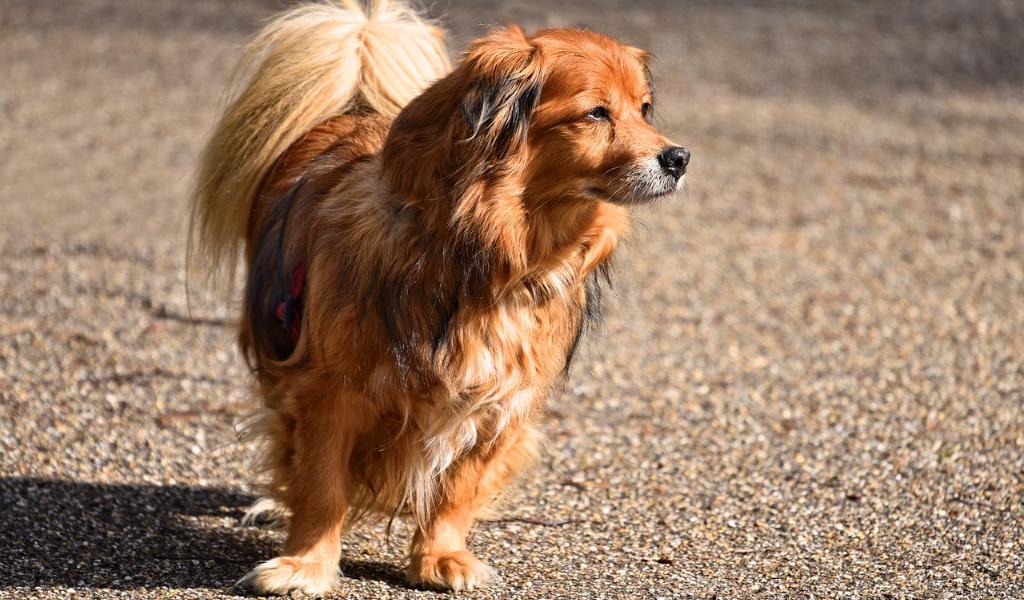
The Russian Kashtanka is a clever, entertainer, and also a born athlete, ready to amaze everyone who agrees to become her friend with the power of her love. Understanding the owner perfectly and willingly joining the training process, representatives of this glorious family will overwhelm you with victories in sports disciplines if you give them a chance to develop in this direction. The only caveat is that it will take a long and difficult time to hunt for Russian Kashtanka. But, according to the happy owners of the breed, the goal is fully justified.
The history of the breed Russian Kashtanka
Miniature dogs with reddish hair and penetrating eyes owe their birth to Svetlana Olegovna Belogurova. In the early 2000s, the cynologist and experienced instructor-tamer of the RKF conducted her main and sensational experiment – she tried to create a dog with the exterior of a four-legged character in A.P. Chekhov’s story “Kashtanka”. And before that, Belogurova was known in cynological circles as a professional shepherd and did not work closely with small breeds of dogs.
As for the gene heritage of Russian Kashtankas, dachshunds , chihuahuas and Pomeranians took part in its formation . Subsequently, the breeder took a step that outraged many experts – she diluted the “noble blood” of purebreds with genes of mongrels suitable for the phenotype. Belogurova’s specific approach caused a lot of discussion at zooforums, but did not greatly affect the interest of dog breeders in the breed.
Breed group standard Russian Kashtanka
Relatives of Dachshunds and Spitz have not been honored with the official standardization procedure , so breeders still make do with general descriptions of the exterior of their wards.
Russian Kashtanka Head
The head of Russian Kashtanka is distinguished by a clearly traced transition and a shortened, pointedly rounded muzzle.
Eyes
All representatives of the Kashtanka clan should have a brown iris. The shape of the eyes is preferably round, and neither a clear bulge nor a recessed landing are welcome.
Neck
Quite short, strong, abundantly overgrown with thick hair.
Russian Kashtanka Tail
The tail should be of medium length, classic saber shape.
Color
The reference Russian Kashtanka has a chestnut-red coat, blackened on the ears and muzzle. Be sure to have white markings on the chest, the ends of the paws and the muzzle. Alternative acceptable options are red with black, white with red spots.
Growth
Since the exact growth limits for Russian Kashtanka have not been determined, breeders are guided by average dimensions, that is, in the region of 35 cm.
In addition to general exterior characteristics, it is worth noting that outwardly Russian Kashtanka are closer not to purebreds, but to domestic relatives. So, walking with a pet along the street, answer questions in the style: “What kind of breed is this?” – most likely you won’t.
The nature of the Russian Kashtanka
S. O. Belogurova described her wards as companion dogs with the makings of athletes. The classic Russian Kashtanka is a pet focused on close emotional contact with the owner, who maintains an active lifestyle. Accordingly, if you are looking for a cute pet “for retirement” and joint gatherings on the country veranda, you should consider the Russian Kashtanka as the last thing – the temperament of the restless Pomeranian in this breed is fully manifested.
The hypertrophied self-esteem and unquenchable thirst for independence inherent in their dachshund relatives were not inherited by Russian Kashtankas. However, one cannot blame them for the weakness of character either. The dog responds to provocations from other “tails” like a born hunter – with barking and lightning attacks. There is also a distrust of strangers, which is inborn in Russian Kashtankas and, by and large, ineradicable.
The breed builds relationships with other pets in different ways. It all depends on the upbringing and individual characteristics of the pet. Some Russian Kashtankas are able to come to terms with the presence of even a few cats in their lives. There will be no ardent friendship between the “tails”, but there will be no destructive conflicts over territory either. Others will harass the “sailors” to complete physical and emotional exhaustion.
With the owner and members of his family, the Russian Kashtanka has complete mutual understanding. With timely socialization and proper upbringing, red dogs are obedient, easily manageable and willingly support all human undertakings. Taking a Russian Kashtanka to a house with children is not only acceptable, but also desirable – the pet will easily join the children’s team, where it will receive the necessary physical relaxation by participating in games.
Education and training
What principles should be followed in the education and upbringing of the Russian Kashtanka? The answer is unequivocal: the same ones that would be used in working with her relatives – dachshunds and Pomeranians . Do not be afraid to be strict when it comes to prohibitions. Russian Kashtankas know what manipulation is, so if once you let the dog feel your indecision, he will quickly take advantage of the situation.
- Work “for fun”: do not conduct classes with a puppy if he is tired, lethargic, sick, or has just eaten a hearty meal.
- Do not skimp on delicious incentives – Russian Kashtankas love to work for treats more than for verbal encouragement.
- Use emotions to your advantage. The breed is good at distinguishing intonations in the voice, so more often give prohibitive commands a demanding tone, and verbal rewards – soft and friendly.
Special literature will be a useful help in the work, for example, the books “Do not growl at the dog” by Karen Pryor, “Dog without problems” by Vladimir Gritsenko. Also consider the breed’s ability to sport. Russian Kashtankas are incomparable in agility, freestyle and a number of other disciplines. Moreover, you can prepare animals for such tests both with the help of a dog handler and on your own. For example, using the books 100 Puppy Training Games, Hoopers Agility, How to Teach Your Dog to Dance, and others.
Russian Kashtanka Maintenance and care
The breed equally quickly adapts to life in a country house, and to the conditions of an apartment dwelling. At the same time, focusing on the “noble roots” of Russian Kashtankas and settling them in a booth in the yard is not only inappropriate, but also cruel. As befits a companion dog, the Russian Kashtanka feels discomfort, remaining without close emotional interaction with the owner. Yes, representatives of the red family are not averse to barking and sometimes include gambling hunters, but the breed is not capable of engaging in security and guard activities in principle.
Hygiene and hair care
The Russian Kashtanka is a rather “economical” pet only because visits to the groomer with it are not so necessary. The coat of the breed, although thick, is quite combable with a single-row comb or massage brush. If you do not run the dog during the seasonal molt, giving combing from 5 minutes a day, then there will be no problems with tangles and matted undercoat.
Monitor the hygiene of the ears of the ward, once every 1-2 weeks, freeing them from accumulated sulfur. The best option is to use cleansing drops that are instilled into the ear canal to soften the discharge, after which the inside of the ear is wiped with a soft cloth. The eyes of Russian Kashtankas are trouble-free, so just inspect them daily and, if you find dust in the corners, remove it with a cotton napkin. For prevention, you can also periodically wipe the eyelids with a decoction of chamomile.
Nail clipping and bathing are done as needed. In actively involved in sports and a lot of walking Kashtankas, the claws have time to partially wear off when in contact with the ground and asphalt. The coat of the animal has the peculiarity of self-cleaning, so you need to wash the dog only in the most difficult cases, for example, when a passing car doused the pet with mud. The rest of the time, the standard rubbing of the paws after a walk will be enough.
Feeding
Adult Russian Kashtankas are fed twice a day. You should feed your dog during the day only during periods of intense physical activity, for example, when you are actively preparing for a freestyle competition. The main source of protein for an adult is meat and offal. Remember that the proteins obtained by the animal’s body from cereals are absorbed only by 40-60%.
Puppies up to 3 months old need to be fed five times a day; from 3 to 5 months – four times; from 5 to 8 months – 3 times. From 8-9 months of age, the transition to two meals a day is allowed. True, provided that the puppy is not underweight, and he is completely healthy.
List of products allowed for dogs on natural feeding
- lean meat, including poultry;
- offal;
- chicken and quail eggs (mainly yolk);
- cereal porridge (buckwheat, oatmeal, rice);
- sea fish (fillet);
- low-fat dairy products;
- unrefined vegetable oils – olive, pumpkin, linseed;
- raw non-starchy vegetables (not allowed – potatoes and legumes);
- greens;
- unsweetened fruits and dried fruits (as a treat);
- bran.
Some breeders practice a mixed type of feeding (drying + natural products). Someone prefers not to bother with a separate menu for pets, using only dry food. But if you care about the health of the ward, then the ideal option is to be examined by a veterinarian who will give the right recommendations on feeding and tell you how suitable this or that diet is for your dog.
Health and disease of Russian Kashtanka
It is generally accepted that the influx of blood mongrels strengthens the immunity of the breed, relieving its representatives from the tendency to congenital diseases. But do not forget that in addition to the “nobles” in the process of breeding Russian Kashtankas, oranges , chihuahuas and dachshunds also participated , often inheriting the following ailments:
- subluxation of the knee joint;
- colitis and gastritis;
- intervertebral disc dysplasia;
- hypoglycemia;
- hydrocephalus;
- dysbacteriosis;
- retinal atrophy.
It is impossible to protect yourself from buying a sick individual with a 100% probability, but it is always possible to insure yourself. Do not take a puppy from breeders that you have not seen and whose veterinary cards, as well as test results for genetic diseases, the breeder prefers not to show.
How to choose a puppy of Russian Kashtanka
Russian Kashtanka is a breed whose representative is not so difficult to choose as to find. There are no official kennels selling puppies. Therefore, fans of red dogs, as a rule, have two ways – to look for amateur breeders who continue the work of Svetlana Belogurova, or to try to contact the creator of a rare breed directly. By the way, please note that a few years ago the cynologist left Vladivostok and now lives in another city.
As for choosing the best puppy in the litter, here you will have to be guided by general principles. The reason for this approach is banal – the lack of a clear breed standard. To begin with, evaluate the living conditions of the babies – the cleanliness in the nursery, the process and quality of feeding. The puppies themselves should be neat, moderately well-fed, without umbilical hernias, festering eyes and flowing noses. The mental health of dogs is also important. Little Russian Kashtankas should remain moderately curious, not show signs of being downtrodden and psychologically depressed.
The price of Russian Kashtanka
At the time of the announcement of the breed, in the early 2000s, the price tag for especially successful individuals could reach 900$. Today, on virtual bulletin boards, it is realistic to meet only mestizos (only one of the animal’s parents is a Russian Kashtanka), which are offered for a symbolic price – from 20-30$.



